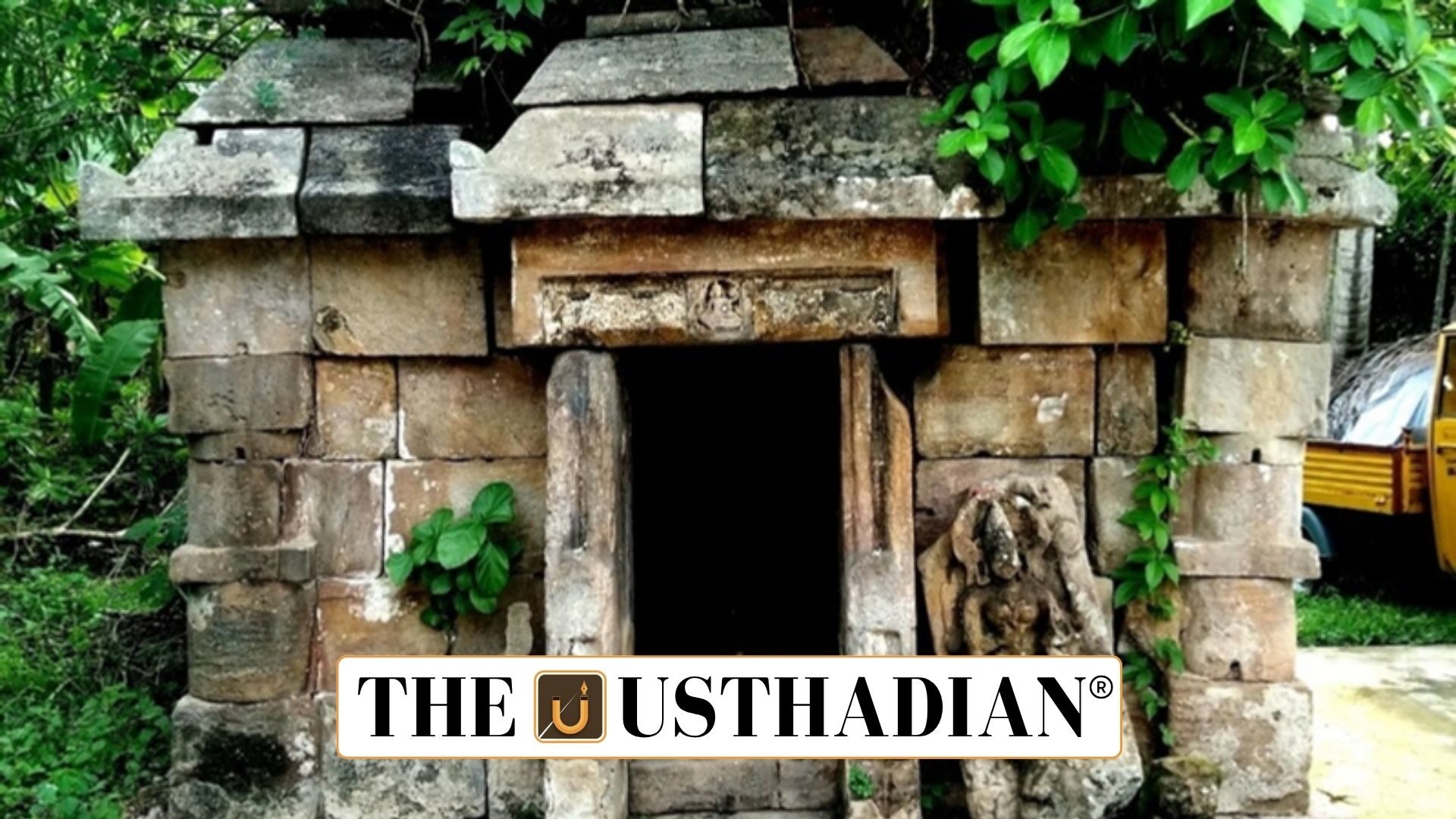Rare discovery in Udampatti
Shiva Temple Discovery Sheds Light on Pandya Heritage: In the quiet village of Udampatti in Tamil Nadu, a group of local boys stumbled upon something remarkable. Beneath the surface, hidden for centuries, lay the foundation of an ancient Shiva temple. This temple isn’t just an old structure—it connects us to the later Pandya period, specifically between 1217 and 1218 CE, during the rule of Maravarman Sundara Pandya. With this discovery, archaeologists and historians have gained a valuable glimpse into the glorious Pandya dynasty.
What the inscriptions reveal?
The temple was named Thennavanisvaram, a title linked to the Pandya rulers themselves. Inscriptions found at the site reveal the former name of the village as Attur, and provide clues about the social and economic life of the era. What stands out is that this temple was financially self-sufficient—a sign of its significance in the local community.
The rise and fall of the Pandyas
The Pandya dynasty was one of the famed Muvendars—the trio of Tamil kings alongside the Cholas and Cheras. Their rule began as early as the 6th century CE, flourishing in waves. They endured foreign invasions, notably by the Kalabhras, and faced rivalry from other dynasties like the Cholas. Despite these challenges, they made comebacks, leaving behind a legacy documented in Sangam literature, inscriptions, and accounts from foreign travelers like Megasthenes and Marco Polo.
How they governed?
The administrative system of the Pandyas was well-structured. Their lands were divided into valanadus, nadus, and kurrams—clusters of villages. Madurai served as the bustling capital. Key administrative posts had unique titles; for example, the prime minister was known as the Uttaramantri. The dynasty supported Brahmin settlements, which played a major role in education and irrigation.
Economic activities of the time
The economy of the period was primarily agricultural, supported by elaborate irrigation systems. The temple inscriptions detail land grants and taxes, especially those allocated for temple upkeep. Trade was robust too—pearls from the Gulf of Mannar, spices, and textiles were exchanged with faraway lands. Their port city, Kayalpattinam, was a buzzing center of maritime trade.
Beliefs and devotion
While the early Pandyas were inclined towards Jainism, they later embraced Saivism and Vaishnavism. This shift is evident in the religious structures they commissioned. The rulers often sponsored Vedic rituals, temple festivals, and poetic hymns. The newly found temple is a testament to their devotion and temple architecture skills.
Legacy in Tamil culture
The Pandyas didn’t just rule—they inspired. Their period saw a growth in Tamil literature, especially devotional hymns and drama. Temples weren’t only places of worship—they were centers of learning, art, and social life. Even today, many traditions in Tamil Nadu trace their roots to this vibrant era.
Static Usthadian Current Affairs Table
Shiva Temple Discovery Sheds Light on Pandya Heritage:
| Topic | Detail |
| Location of Discovery | Udampatti, Tamil Nadu |
| Period of Temple | 1217–1218 CE |
| Ruler during the period | Maravarman Sundara Pandya |
| Temple Name | Thennavanisvaram |
| Former Village Name | Attur |
| Capital of Pandya Dynasty | Madurai |
| Administrative Units | Valanadu, Nadu, Kurram |
| Prime Minister’s Title | Uttaramantri |
| Trade Goods | Spices, Pearls, Textiles |
| Major Port Town | Kayalpattinam |
| Religious Transition | From Jainism to Saivism & Vaishnavism |
| Key Literature Sources | Sangam Texts, Inscriptions, Foreign Accounts |








